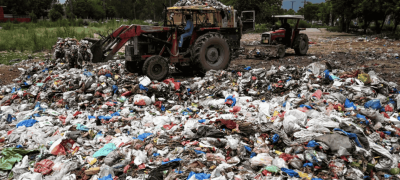Pakistan has finalized a new five-year economic plan aimed at expanding its economy to $1 trillion by 2035, following dissatisfaction with UK-based economist Stefan Dercon’s earlier strategy. The plan, known as the 5Es National Economic Transformation Plan (2024-29), will be formally unveiled by Prime Minister Shehbaz Sharif. It aims to achieve critical goals like raising the literacy rate to 70% and reducing poverty by 13%, but some objectives remain hindered by the recently established social media firewall, which has stifled progress in the IT sector.
The government has invested Rs39 billion in the social media firewall to minimize anti-government propaganda, though it has also slowed Pakistan’s technological advancements. The firewall’s removal is necessary for reaching several IT-related goals in the plan, including boosting IT and freelancing exports by $5 billion by 2029. Under the “E-Pakistan” goal, the plan aims to produce 75,000 IT graduates annually, increase broadband subscriptions to 135 million, and create 100 software technology parks, all contributing to long-term national prosperity.
Also Read: Challenges Arise in Pakistan Firewall Installation Amid Rapid Technological Advancements
Additionally, the plan seeks to tackle climate change, promising to cut greenhouse gas emissions by 50% and raise the share of renewable energy to 10%. Other key targets include raising Pakistan’s export capacity to $60 billion over five years, creating 1.5 million jobs annually, and improving healthcare and education coverage. The plan also envisions making Pakistan one of the world’s top 10 economies by 2047, the country’s centennial year, through sustained, non-inflationary growth.
The strategy will be implemented via the 13th Five-Year Plan, serving as a comprehensive framework for all ministries and provinces. In the energy sector, efforts will focus on expanding renewable energy, reducing subsidies, and resolving the circular debt issue to ensure financial stability. Significant infrastructure projects, like the $7 billion Mainline-I railway under the China-Pakistan Economic Corridor, are expected to increase the share of rail transport for passengers and freight significantly.









